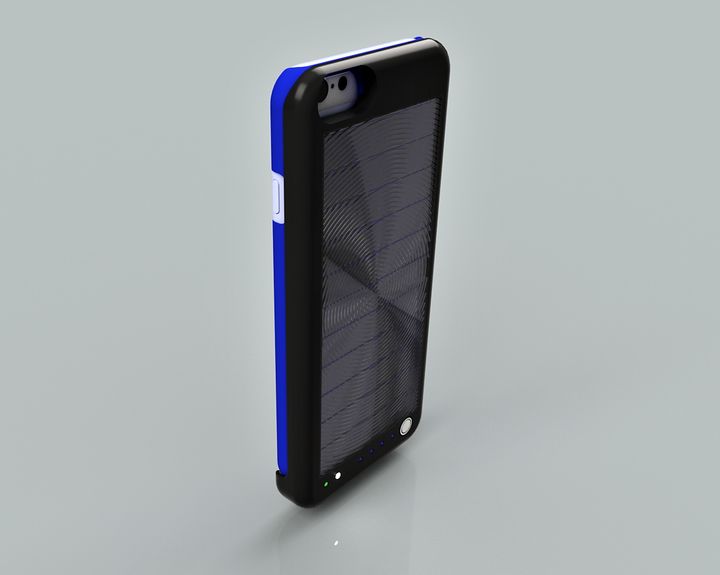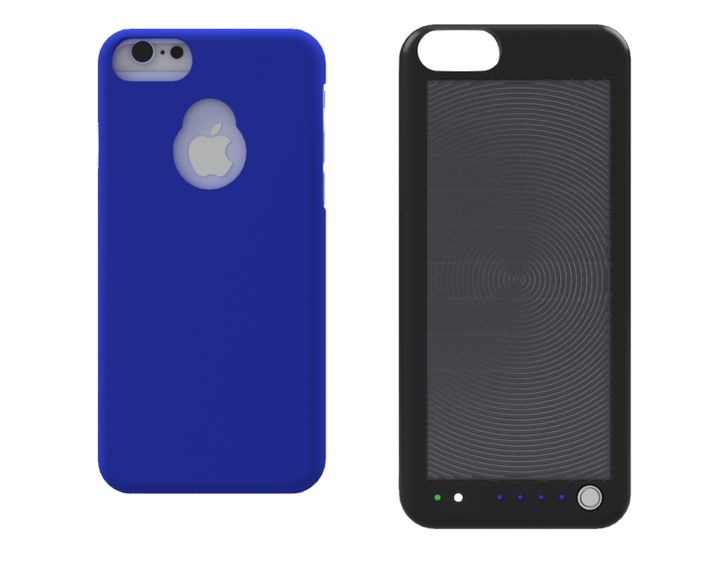
One of the challenges that inventors face is that by definition they are people who invent processes or devices.
This is where the problems start, because the number one reason why startups fail, which accounts for 42% of failures, is because there is no market, or need, for the product or service developed.
Yes it's a brilliant idea. Yes it looks impressive. But unfortunately, nobody is interested in buying it.
In order to make the jump from successful inventor to successful entrepreneur, you need to be servicing a need, solving a problem, or providing a solution to an issue that potential customers have.
Even then, you need to make sure that the solution meets all of your potential customer needs.
This is where design thinking comes in.
Design Thinking is a methodology used by designers/inventors to solve complex problems and find desirable solutions for clients. A design mindset is not problem-focused, it's solution focused and action oriented towards creating a preferred future.
Design thinking is an interactive process involving design reviews, customer interviews, and prototype testing to ensure that not only are you providing a solution, but that you are doing it in a way that will be accepted by your potential customers.
One new startup company Optivolt Labs, co-founded by CEO Rohit Kalyanpur and COO Paul Couston, is a company that is using Design Thinking to tackle a problem that has proved difficult to solve completely.
The problem is wireless charging for mobile phones.
First, this is definitely a problem for which an efficient solution is needed. Who is not fed up of seeing their battery charge move towards zero just when you need it most. Or is sick and tired of carrying around charging cables and charger, and if, like me, you're an international traveler hoping that you remembered the right power adapter while traveling abroad.
With around 7 billion cell phones in the world, this is a potentially very profitable opportunity, if a good solution can be found.
There have been many attempts to solve this problem: charging plates; solar chargers; extended battery packs. but all of these fail to meet 100% of the customer's needs.
These needs, based on Design Thinking customer interviews, include any proposed solution being:
- truly wireless
- self-charging
- lightweight
- efficient
- 100% portable, and
- able to work anywhere
Putting these requirements at the heart of everything they did, and in conjunction with multiple iterations, prototype designs and customer trials, Optivolt Labs has developed the “Particle” a slim, lightweight, wireless, Solar Battery Phone case, which appears to meet all of the requirements.
Wireless check!
Using solar-powered technology, the charger has been built into a slim fitting phone case, with no wires required at all.
Self-charging check!
By using solar power the device doesn’t need a electrical outlet, so it can self charge.
Efficient check!
It has an Optics System that minimizes light reflection and also has circuitry that is optimized for charging smartphones, which means it charges faster than any other solar case on the market.
100% portable check!
It's completely wireless and features a Dual Case Design. The Solar Battery part of the case can be detached and placed in any light to charge the “Particle’s” battery through while you're using the iPhone with the inner case on. Once charged the outer case can be reattached as necessary once fully recharged.
Able to work anywhere check!
The “Particle” can charge using indoor light, as well as natural sunlight, which means it can work anywhere.

Particle
Initially, the product has been designed for the iPhone, but will soon be extended to cover other makes and models as the Particles Technology is cell phone technology agnostic.
Why was Design Thinking key to the success of this solution?
Rohit said "Without the customer interviews, and prototype testing we would probably have never thought about a Dual Case design.

Dual case design
This was very important because:
1. Phone users like keep their phones in their pockets and having a removable solar piece allows the user to still keep their phone (in the inner case) in their pocket while they keep the solar piece to charge.
2. If you have 100% charge on your phone, it's not necessary to keep the battery pack on the phone.
These two issues have not been resolved with the other battery and solar cases on the market, and it could not have been realised without our thorough design thinking approach."
By using Design Thinking and putting the customer at the heart of everything you do including requirements gathering, prototyping, trialling and testing it can really open your eyes to solutions which you might just have otherwise have missed.
Paul believes that “Design Thinking helps you create more intuitive solutions. It’s so important to get feedback when you are prototyping. Your customers know their problems, you just need to listen and design the solution.”
As I mentioned that the start of the article, 42% of startups fail because there is no market need for the product or service created. Not only can Design Thinking stop that from happening, but it can also help you create a much better product that will meet all your customer's needs.
